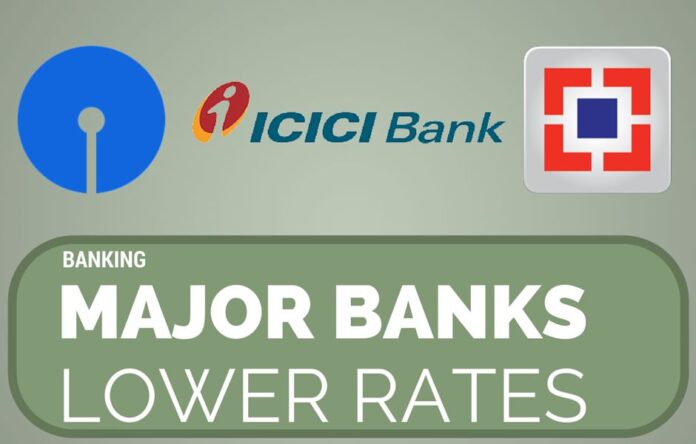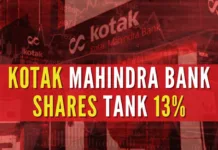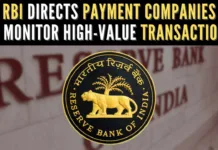
Navin Upadhyay
Indian corporates and investors, both domestic and international, heaved a sigh of relief when several top notch private and public sector banks announced Interest rate cut after being pulled up by the Reserve Bank of India (RBI), which kept unchanged the lending rate at 7.5 per cent on account of a host of factors including possible inflationary pressure on economy due to un-seasonal rains and refusal of banks to pass on the benefit of previous two back-back rate cuts to customers.
Hours after RBI Governor Raghuram Rajan refused to soften what is seen as a hawkish monetary policy stance and slammed banks for not cutting down interest rate as a follow up to RBI’s reduction of lending rate in the past, leading banks such as the State Bank of India (SBI), Industrial Credit and Investment Corporation of India (ICICI) and Housing Development Finance Corporation (HDFC) Bank cut their lending rates by 0.15-0.25 per cent.
The decision of these major banks is expected to come as a relief to several sectors of highly leveraged economy such as real estate, automobile and industrial sector. The RBI decision not to lower interest rate further is consistent with Rajan’s emphasis that inflation must be contained below six per cent by the end of this year. At present CPI index inflation hovers around five per cent. But the Governor indicated that it could go up to 5.8 per cent by year end after touching four per cent in August due to base effect.
The RBI decided to keep Repo rate, the rate at which RBI lends to the banks, to 7.50 per cent and the cash reserve ratio, the amount of deposits banks have to keep with the central bank, at 4 per cent.
Key Highlights |
|
|
|
“The Monetary Policy Framework Agreement signed by the Government of India and the Reserve Bank in February 2015 will shape the stance of monetary policy in 2015-16 and succeeding years,” the central bank said in a statement. “The Reserve Bank will stay focused on ensuring that the economy dis-inflates gradually and durably, with CPI inflation targeted at 6 percent by January 2016 and at 4 percent by the end of 2017-18,” it added.
Experts feel that if the year end inflation nudges to 5 .8 per cent, the RBI will have little elbow room to cut interest rate, because a commensurate fall in deposit rate will leave little incentive for depositors. They feel that inflation has to be in the range of five per cent to allow RBI to give scope for further interest rate cut. Rajan refused to admit that possibility of US Fed hiking interest rate later this year may have any significant bearing on India’s monetary stance. He said that focus will be on domestic factors and timing of future rate cut wail depend on the room available in the context of inflation.
The Governor had some harsh words for the banks, who had refused to bring down rates in tune with two rate cuts of 25 basic points each announced by the RBI this year. “I do not see an environment where credit growth is tepid. The banks are sitting on money and their marginal cost of funding (has) fallen, the notion that it hasn’t fallen is nonsense, it has fallen,” Rajan said, adding that rate have started coming down in the market because of ample liquidity and the bank will be forced to give up their rigid stance.
“Transmission of policy rates to lending rates has not taken place so far despite weak credit off take and the front loading of two rate cuts. With little transmission, and the possibility that incoming data will provide more clarity on the balance of risks on inflation, the Reserve Bank will maintain status quo in its monetary policy stance in this review,” the statement said.
At the same time, the RBI hiked the limits for lending by microfinance institutions (MFIs) and also paved the way for inclusion of more borrowers for such companies. The RBI doubled the total indebtedness of a borrower to Rs.100,000 ($1667) from the previous limit of Rs.50,000 ($834). Country’s leading MFI SK Microfinance stock reacted by going up 8% on the Mumbai stock exchange.
- The rise of Patanjali:An Indian yogi’s challenge to MNC giants - January 26, 2016
- Padmas – a blend of excellence, politics and ideology - January 25, 2016
- Scared of hispopularity, British wanted to hang Netaji - January 24, 2016










